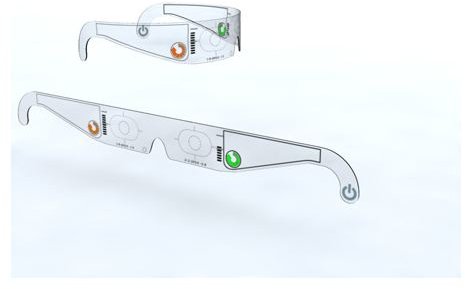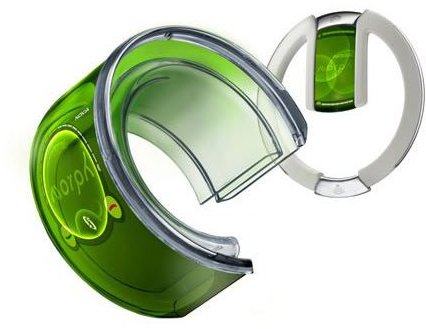The Future of Nanotechnology and their applications
As a basic definition, nanotechnology can be introduced as the engineering of functional systems at a molecular, or nano, scale. Already nanotechnology has spread widely through many industrial sectors in almost all the major fields. Their applications are quite impressive when compared to counterpart products. Some of them are simply hard to imagine.
Four Generations of Nanotechnology

According to Mihail Roco of the U.S. National Nanotechnology Initiative, the evolution of nanotechnology can be divided into four generations based on the products that resulted, Rocco said that the first generation of Nanotechnology began in 2000. First-generation products, also known as “passive nanostructures,” are designed to perform one task such as colloids and aerosols. The second generation, which came about in 2005, is called “active nanostructures.” They have a multitasking ability, and the examples are actuators and sensors. The third generation, or the era of systems of nanosystems, is expected to begin in 2010. These nanosystems will consist of thousands of interacting components like 3D networking and new hierarchical architectures, robotics, and guided assembling. The fourth generation of Nanotechnology will begin in around 2015 when the first integrated nanosystems are expected to be developed.
Current Developments and their Future in the Field of Nanotechnology

Current developments in the Nanotechnology reflect the fact that products unimaginable today may be possible. Developments in the field of electronics are expected to be propelled with the advancement of nanotechnology. With the advantages of ultra-high-purity materials and innovative techniques, many of the barriers like poor dissipation of hea, and contamination of particles will not be major issues anymore. Therefore smaller computer chips with higher speeds may be easily produced using these techniques. Miniaturized electronic products will be more convenient to produce than today. Capacitors with amazing capacitance values are already being produced using nanomaterials that are hard to even imagine using conventional materials. With the advantage of these developments, we may expect to buy extremely fast computers, tiny mobile devices, and other miniaturized electronic devices in the near future.
Nanowires and nanotubes are other important developments that have proven their excellence. The tensile strength of carbon nanotubes (CNT) already produced is over fifty times higher than carbon steels. Even stronger materials can be expected to be produced using nanotechnology. High energy density batteries are another important development that has been given a prime importance because the world is lacking in natural resources like coal and petroleum. Nanocrystalline materials synthesized by sol-gel techniques are used to produce high energy density batteries because of their ability to hold more energy than conventional materials.
The Future of Nanotechnology

One of top concerns regarding the future of nanoscience is molecular manufacturing. This is the process of bringing materials to life from the simple molecular reconstruction of everyday objects. If this can make a reality in the future the hunger of word could be ended and that will be a god given prize to many of the poor nations that are suffering from lack of foods through the year.
More wonders are expected from the medical field. Doctors could be able to attack illness and injury at the molecular level. Cancers and diabetes won’t cause people to suffer in the future. Cancer cells would be easily identified and removed. Also almost anything in the human body would be able to repair using nano-surgery.
Nanorobots will be able to do not only what humans can do, but also things that they could never achieve. They will clean water and air perfectly at the nano level leaving an extremely clean environment. They also will be employed in high tech positions reducing the cost for humans.
It’s almost impossible to predict the future developments after ten or twenty years in the field of nanotechnology. It is a quite young science, but already has proven to be a giant contributor in shaping the way world is going. But one thing is sure. We have to prepare right now to face the wonders of nanotechnology, if we don’t want to call them miracles in the near future.
This post is part of the series: Nanomaterials
Nanomaterials are the materials that are processed in the nanoscale. It is one of most advancing industry today with an immense potential. In this series articles related to various nanomaterials are discussed here focusing on the nanotechnology